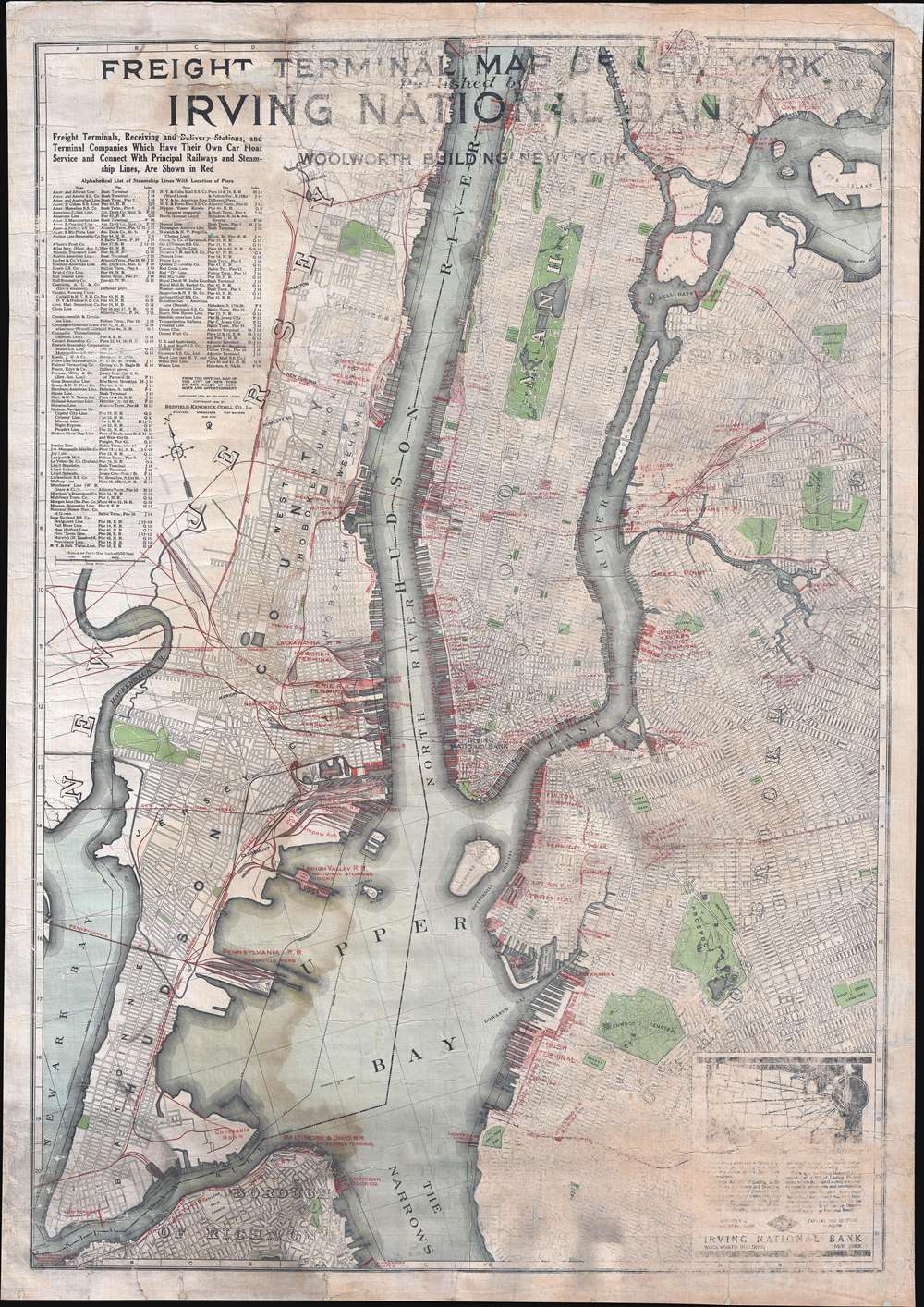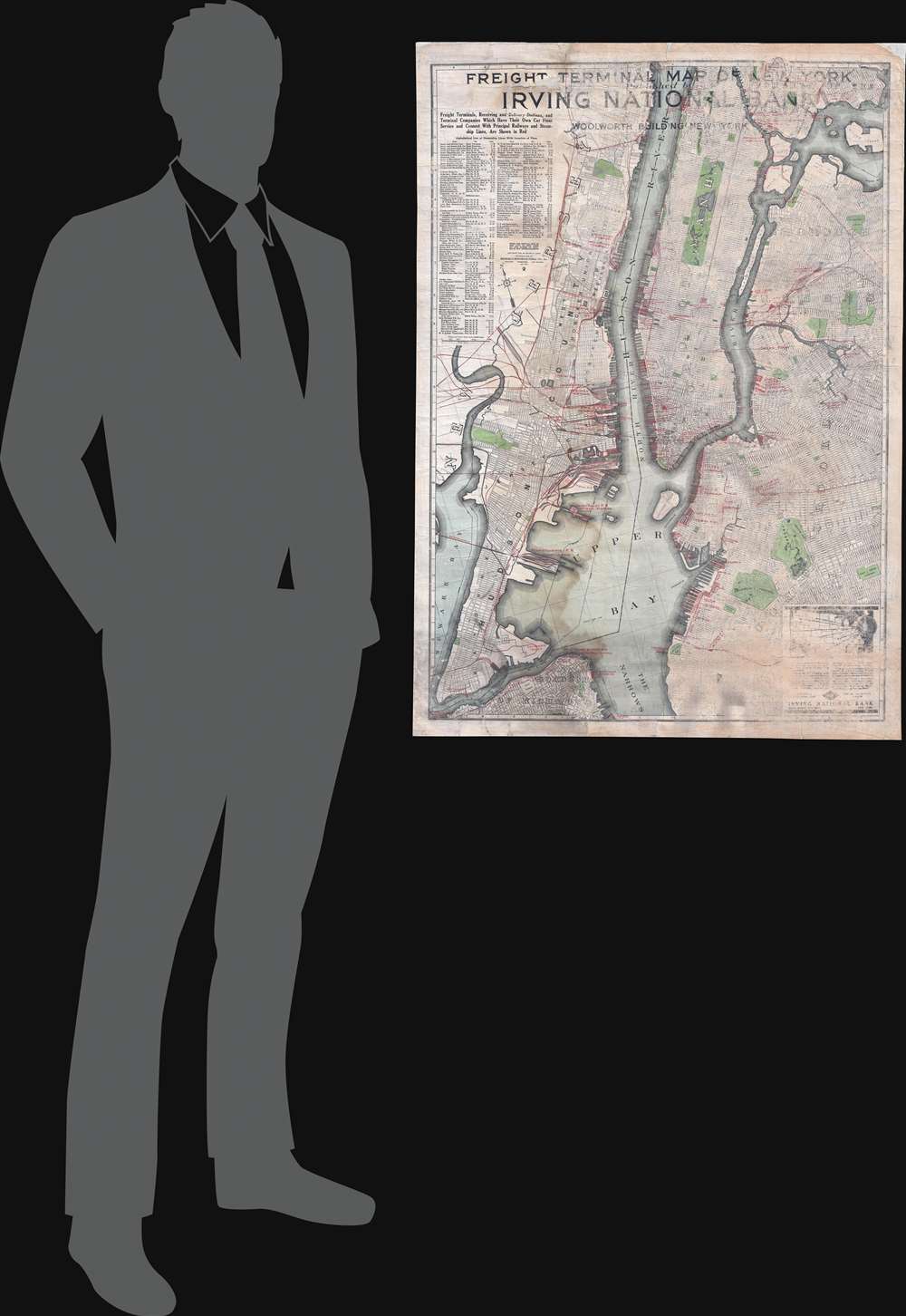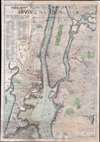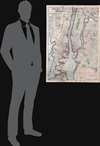1916 Irving National Bank Map of New York City Freight Terminals
FreightTerminal-irving-1916
Title
1916 (undated) 43 x 30.5 in (109.22 x 77.47 cm) 1 : 24000
Description
Census and Publication History
This map was created by Nelson P. Lewis, printed by Redfield-Kendrick-Odell Company, Inc., and published by the Irving National Bank in 1916. This map is rare, with only three known examples in institutional collections at the Brooklyn Historical Society, the University of Connecticut, and the University of Chicago. We have been able to trace only one other instance of this map entering the private market.CartographerS
The Redfield-Kendrick-Odell Company (fl. c. 1913 - 1933) was a printing, mapmaking, and engraving firm based in New York City that was active during the early 20th century. More by this mapmaker...
Irving Trust (1851 - 1988) was an American investment bank based in New York City and was founded in 1851 as the Irving Bank of the City of New York. At that time in U.S. history, a federal currency did not exist, which meant that individual banks issued their own paper certificates, and, as is the case with most endeavors in human society, those banks with the most appealing names and most attractive certificates were the most widely used. Irving Bank was named after Washington Irving, and American diplomat, lawyer, and author who became recognized as America's first man of letters. Irving Bank was converted from a state bank to a bank chartered under the National Bank Act of 1863 in June 1865, and became the Irving National Bank of New York. After a merger in 1907, the bank became the Irving National Exchange Bank of New York, and subsequently changed its name to the Irving National Bank in 1912. The Irving National Bank merged with the Columbia Trust Company in 1922, which created the Irving Bank and Trust Company. Another merger in 1926 with the American Exchange-Pacific Bank led to the company being renamed the American Exchange Irving Trust Company. In 1929, the bank underwent its final name change to the Irving Trust Company, the name under which it operated until 1989. Irving Trust ceased to exist on October 7, 1988, after the board signed an agreement to merge with the Bank of New York, which ended a yearlong battle between the two as the Bank of New York tried to engineer a hostile takeover. Learn More...
Nelson Peter Lewis (1856 - 1924) was an American civil engineer. From 1902 until 1920, Lewis served as chief engineer of Brooklyn, New York. He authored The Planning of the Modern City in 1916 and became the Director of the Physical Survey of the Regional Plan of New York and Its Environs in May 1921. Learn More...




